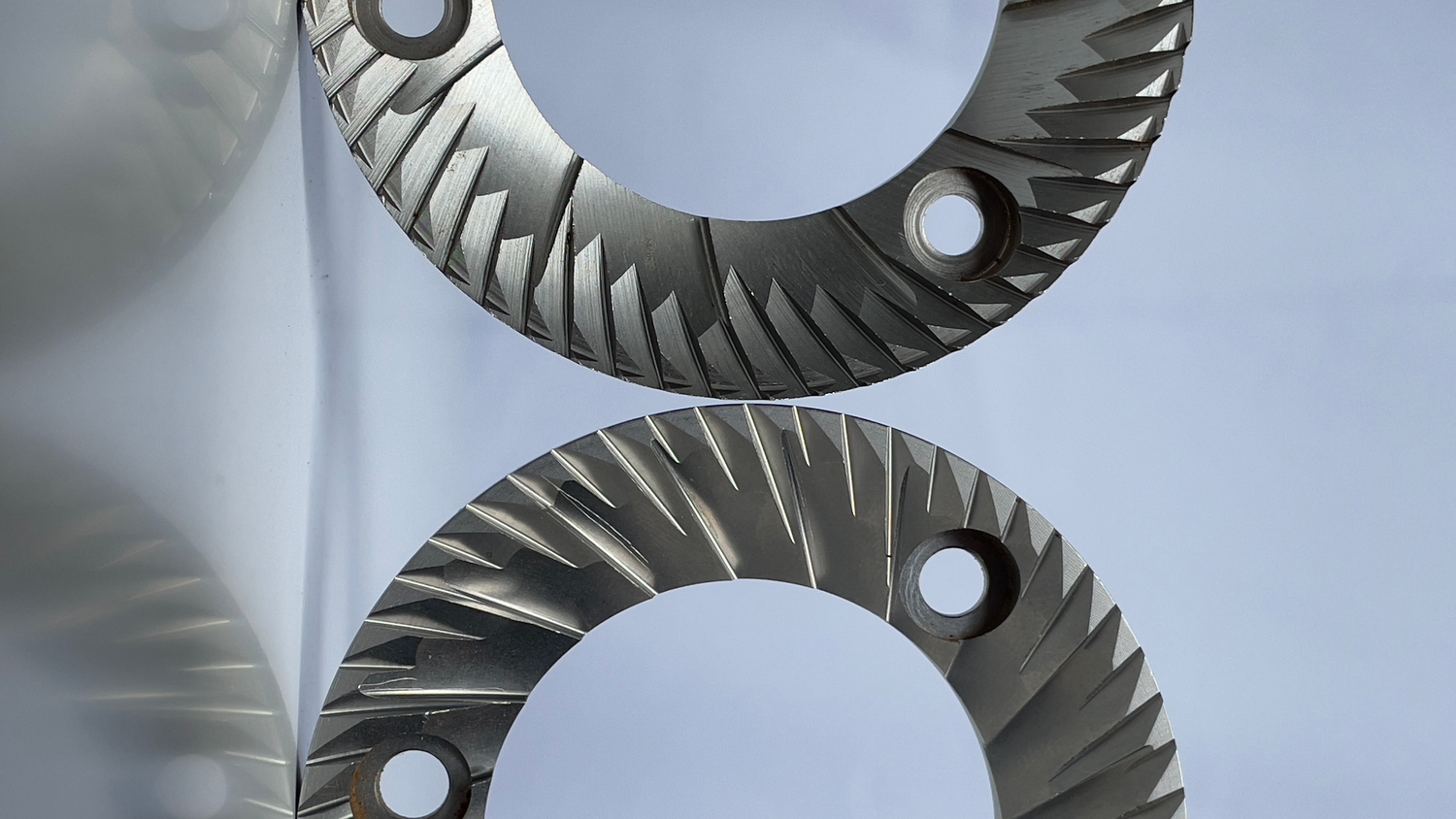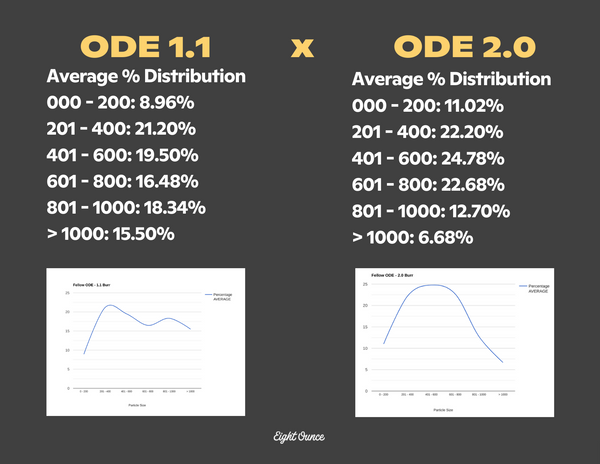Fellow ODE Gen 2 Burr Set: Is it worth it?

Burrs. A topic that might have been an afterthought in a coffee professional's mind has now come to the forefront and is a determining factor that many take into consideration when purchasing a new grinder.
But what makes them different, and is it worth the change? We’ll explore the answers with an all-new product that Fellow will be releasing later this year; the much-anticipated Fellow ODE Gen 2 burr set.
Before we discuss how we tested the new burr set against its predecessor (the ODE 1.1), I’ll share an analogy that helped me understand why different burr sets can change how we perceive and experience coffee.
The T.V. Analogy
For this analogy, you have 5 TVs set up and every model has a different display quality, starting from 240p and going all the way to 4K. If you watch the same movie on every television, you will technically see the same movie and could probably explain the premise, as long as you paid attention.
However, your experience of the movie (which never changes the storyline) is dictated by the TV you view it through. With a 240p television, the colours are probably not as vibrant and your image will likely be dull or pixelated.
But if you watch that same movie on a 4k television, the colours and images (which never changed) will be dynamic and allow you to pick up even more nuance and emotion from the film.

In coffee, the quality output of the grinder is the ‘television,’ and the ‘movie’ we are trying to fully experience is coffee. If you grind the same coffee (with the same target grind size) through multiple grinders, the expression of the coffee (like sweetness, acidity, clarity, and body) is uniquely different with each burr set variation.
With this in mind, Fellow set out to design a burr set that would work for customers who brew ultra-light roasted coffees that look for more than 22% extraction yield in small doses, as well as customers who drink medium and dark roasts.
This wasn’t an easy goal to achieve, but we think Nick Terzulli, VP of Hardware and R&D at Fellow Products who developed the Gen 2 burr set, has done an incredible job and successfully hit the mark.
The Gen 2 burr set has been in development for over a year and has gone through many different iterations. Nick and the Fellow team not only had to design an all-new burr set but also find a manufacturer that would match their specifications.
After chatting with Nick, I found out that 4 thousandths of an inch in the design, or even the slightest variation during manufacturing was the difference between having a great cup of coffee and a horrible one. With this need for exactness in mind, they were able to find a manufacturer that could replicate to their specifications, creating a burr design that has blown us away.
To help us better understand how grind distribution changes the cup we taste and why it is important, let’s use another analogy.
The Pan-Fry Analogy
If you pan-fry sliced carrot but there are three distinct sizes in your frying pan, each size will cook at a different speed. But if your carrot slices have less variance and each carrot slice is closer to your ‘target’ size, they will cook more consistently and more evenly.
The same can be said of coffee. If you have significant variances in your grind sizes, the coffee will release its solubles at multiple different speeds and will ‘cook’, or in this case, brew differently if you have your grind sizes more consistent.
The Tests
After we received the Gen 2 burr from Fellow, we wanted to first perform a qualitative test to reduce any bias that we might have before performing quantitative tests to correlate the data.
After we blind cupped the two burr options (1.1 and Gen 2) with multiple different types of coffee, we found the Gen 2 burrs presented an extremely complex cup that also increased the perceived sweetness, while the 1.1 increased the perceived acidity and had a touch more clarity.
After our first qualitative tests, I ran a quantitative test to see if it would match our initial findings, and we were happily surprised with our results.

We used a grind particle analyzer to find the particle distribution per surface area in 6 size ranges (0-200, 201-400, 401-600, 601-800, 801-1000, >1000 microns) and took five samples from each grinder to create an average in each sample size. And the results we found were extremely interesting and informative!
The 1.1 samples showed a bimodal curve that has a second peak at the 801-1000 mark, which corresponds with our qualitative data from blind cupping since we found a higher perceived acidity!
The 2.0 samples showed a unimodal curve with a very close concentration of grounds on both sides of the target size. This was also demonstrated by our qualitative cupping, since the complexity corresponds with the higher concentration of grounds at both sides of the peak, and over a 50% deduction of boulders above 1000 microns compared to the original 1.1 burrs!

Conclusion
There isn't a one-size-fits-all option; not every burr set will satisfy everyone. Every barista (both recreational and professional) comes with their own experiences, knowledge, perspectives, and preferences that shape and impact their final cup.
However, I think Nick and the Fellow team have designed an amazing product that can improve your day-to-day coffee experience for a multitude of preferences and coffees. I know I am eager to buy a set for my ODE at home as soon as they become available later this year.





